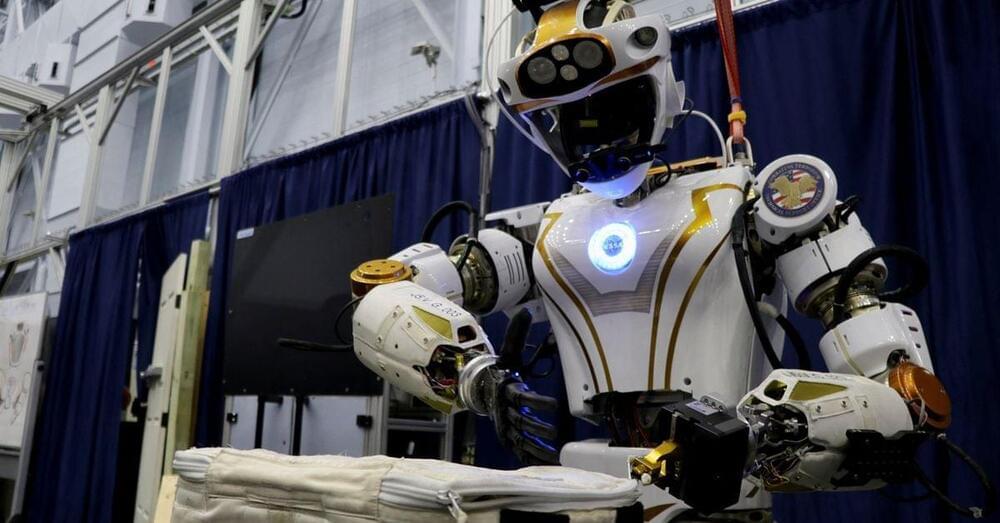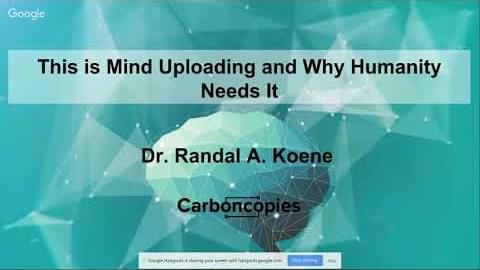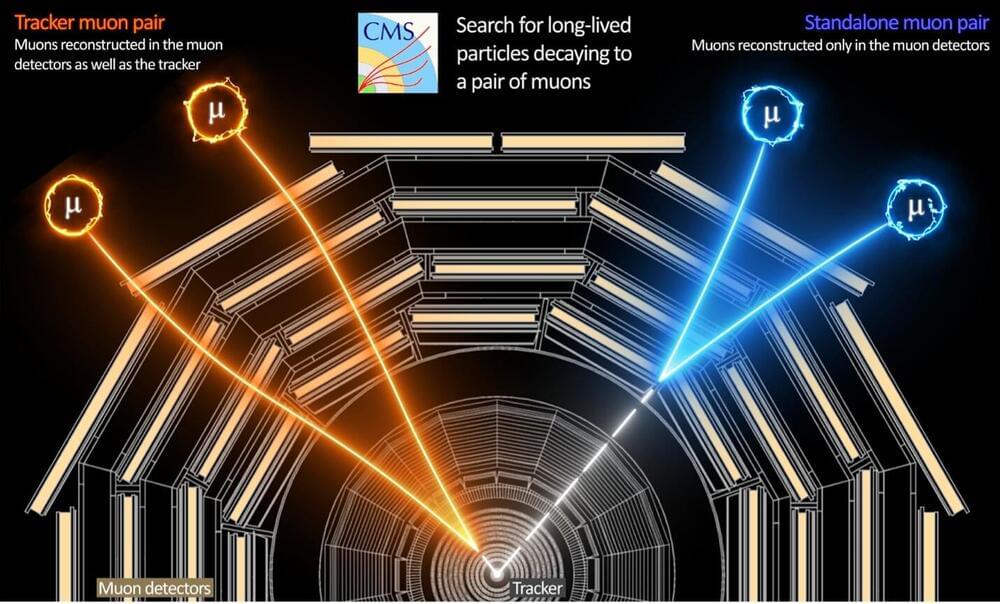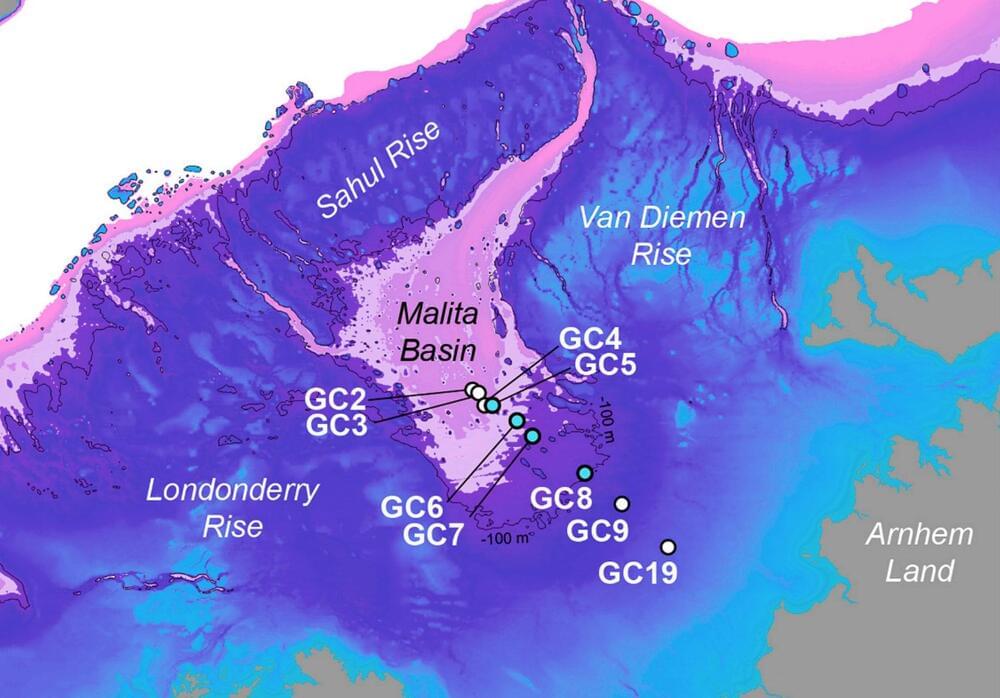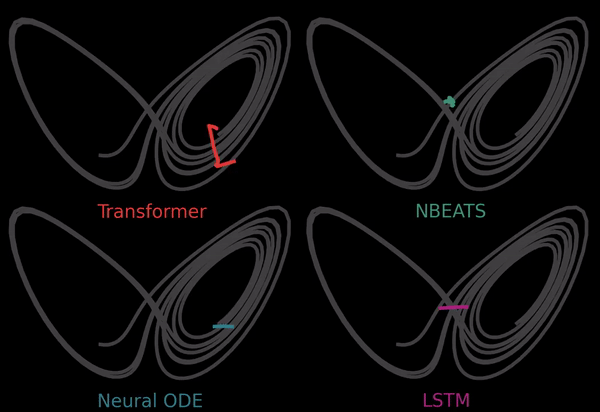As much as id love to see it. Not until someone solves human level hands, i believe will cost about 10+ billion USD. And, a battery can run 8 to 12 hours, and be changed or re charged in under 15 minutes.
HOUSTON/AUSTIN, Texas, Dec 27 (Reuters) — Standing at 6 feet 2 inches (188 centimeters) tall and weighing 300 pounds (136 kilograms), NASA’s humanoid robot Valkyrie is an imposing figure.
Valkyrie, named after a female figure in Norse mythology and being tested at the Johnson Space Center in Houston, Texas, is designed to operate in “degraded or damaged human-engineered environments,” like areas hit by natural disasters, according to NASA.
But robots like her could also one day operate in space.
